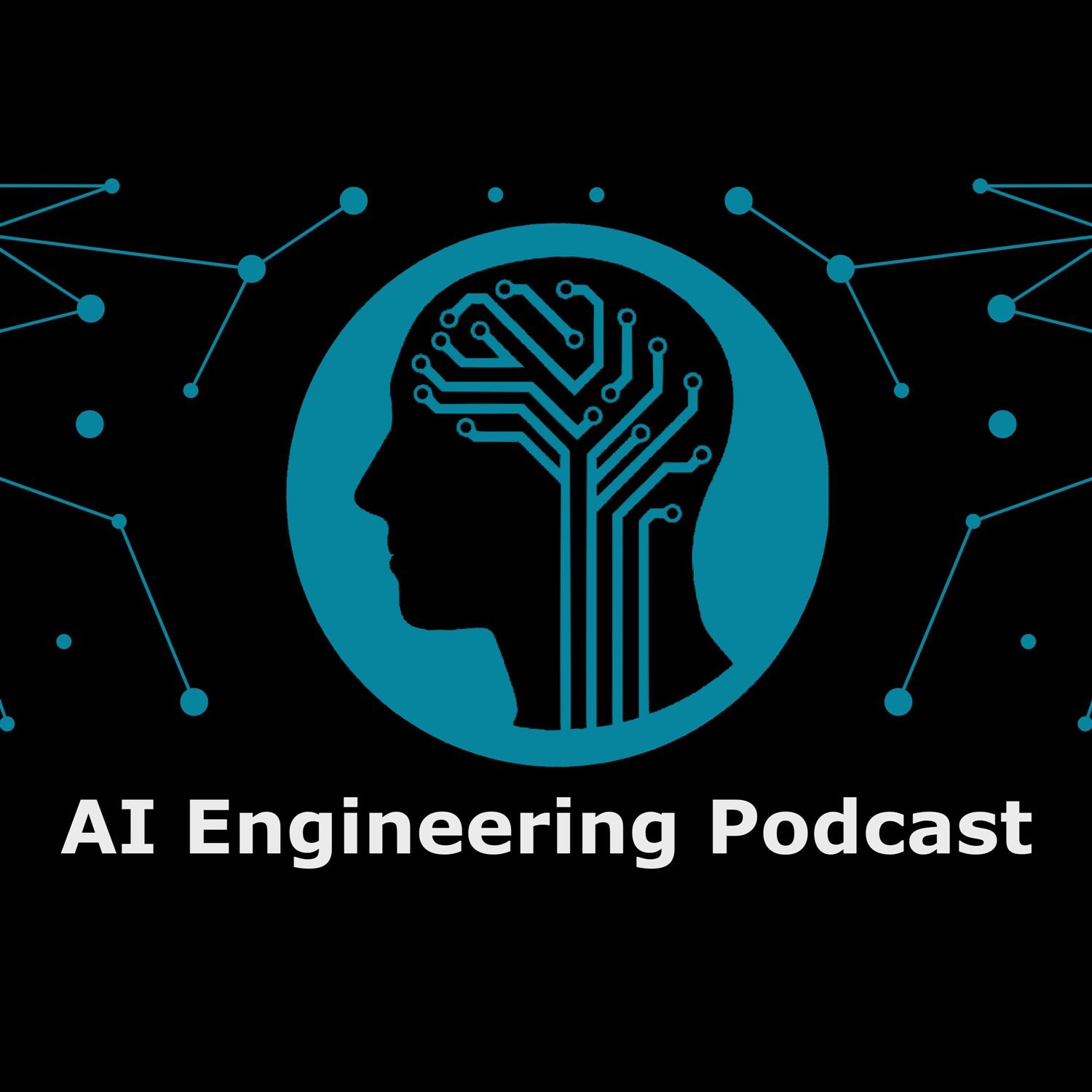Podcast Episode Details
Back to Podcast Episodes
Proactive Monitoring in Heavy Industry: The Role of AI and Human Curiosity
Episode 57
Summary
In this episode of the AI Engineering Podcast Dr. Tara Javidi, CTO of KavAI, talks about developing AI systems for proactive monitoring in heavy industry. Dr. Javidi shares her background in mathematics and information theory, influenced by Claude Shannon's work, and discusses her approach to curiosity-driven AI that mimics human curiosity to improve data collection and predictive analytics. She explains how KavAI's platform uses generative AI models to enhance industrial monitoring by addressing informational blind spots and reducing reliance on human oversight. The conversation covers the architecture of KavAI's systems, integrating AI with existing workflows, building trust with operators, and the societal impact of AI in preventing environmental catastrophes, ultimately highlighting the future potential of information-centric AI models.
Announcements
- Hello and welcome to the AI Engineering Podcast, your guide to the fast-moving world of building scalable and maintainable AI systems.
- Your host is Tobias Macey and today I'm interviewing Dr. Tara Javidi about building AI systems for proactive monitoring of physical environments for heavy industry
- Introduction
- How did you get involved in machine learning?
- Can you describe what KavAI is and the story behind it?
- What are some of the current state-of-the-art applications of AI/ML for monitoring and accident prevention in industrial environments?
- What are the shortcomings of those approaches?
- What are some examples of the types of harm that you are focused on preventing or mitigating with your platform?
- On your site it mentions that you have created a foundation model for physical awareness. What are some examples of the types of predictive/generative capabilities that your model provides?
- A perennial challenge when building any digital model of a physical system is the lack of absolute fidelity. What are the key sources of information acquisition that you rely on for your platform?
- In addition to your foundation model, what are the other systems that you incorporate to perform analysis and catalyze action?
- Can you describe the overall system architecture of your platform?
- What are some of the ways that you are able to integrate learnings across industries and environments to improve the overall capacity of your models?
- What are the most interesting, innovative, or unexpected ways that you have seen KavAI used?
- What are the most interesting, unexpected, or challenging lessons that you have learned while working on KavAI?
- When is KavAI/Physical AI the wrong choice?
- What do you have planned for the future of KavAI?
Parting Question
- From your perspective, what are the biggest gaps in tooling, technology, or training for AI systems today?
The intro and outro music is from Hitman's Lovesong feat. Paola Graziano by The Freak Fandango Orchestra/CC BY-SA 3.0
Published on 18 hours ago